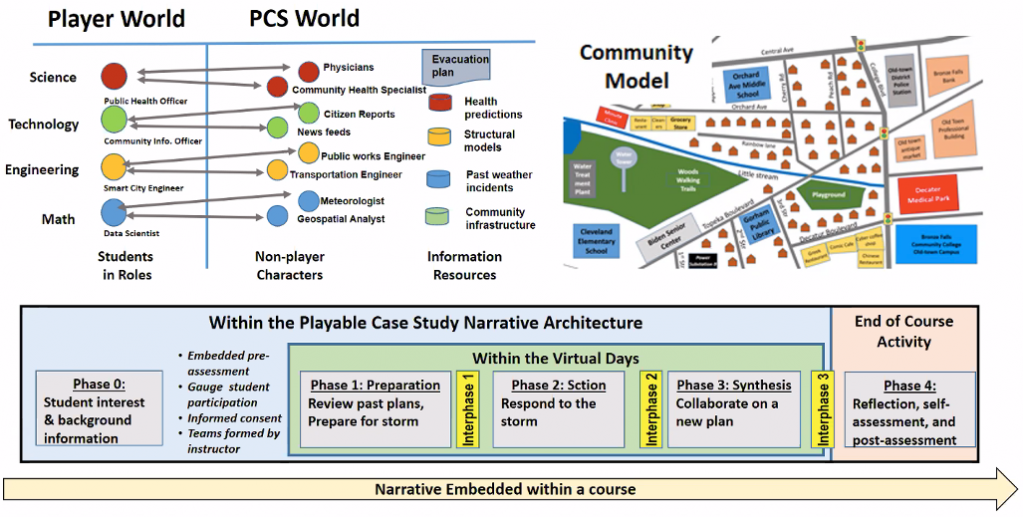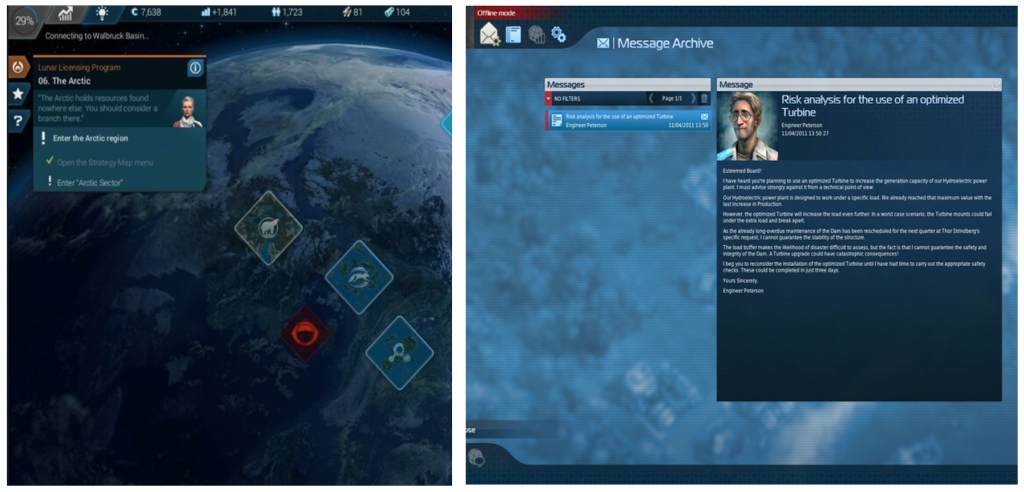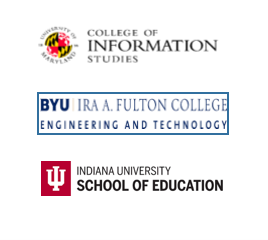Disaster Response Narrative Planning
In the summer the team went back to the design board this time for the disaster response narrative. With the cybersecurity module well along its way, time was ripe to shift focus to building the narrative structure of the disaster module. After a couple of “spaghetti on the wall” brainstorm sessions, the team decided that a seasonal storm will provide students with ample opportunities for fast-paced but thoughtful engagement.
STEM Roles in Disaster Response
Responding to a storm to minimize human, economic, infrastructure damage requires careful orchestration across STEM experts. The team zeroed in on the following roles for team members of the disaster response playable case study (PCS)—Public Health Officer, Community Information Officer, Smart City Engineer, Data Scientist—mapping onto Science, Technology, Engineering, Mathematics, respectively. Each member of the team would be privy to knowledge corresponding to their roles and will need to communicate to take collective decisions to save Bronze Falls. Figure 1 illustrates the structure of the disaster response PCS which will also unfold over phases similar to the cybersecurity module.

Figure 1 – Narrative Architecture for Disaster Response including Team Roles, Community Model, and Phase Structure
Chatbot Design Ideation
After deciding on the student roles, the next order of business was to start conceptualizing the chatbot to be used during the disaster response. The chatbot, a software application embedded within the game narrative will give the players opportunities to interact with the non-player characters (NPCs) through a text-based chat and email. This interactive game-feature will frame the disaster response scenario in an authentic manner by giving the payers expert support through a non-disruptive medium. The design decisions involved in building effective chatbots are not only rooted in technology but require careful consideration of the narrative thread and the collaborative needs of the students. First, our team looked at the community-level impact of hurricane Sandy on New York City to determine the ways in which the storm could wreak havoc on the fictional town of Bronze Falls. Next, we began to develop the textual content of the interactions that the students could have with the NPCs. This was done in consultation with our in-house disaster response experts after researching real-life disaster response guidelines from national agencies. For the user interface of the chatbot and communication acts that can be adopted by the NPCs, we turned to popular games for inspiration. Figure 2 shows part of the idea board we built to assist in design decisions.

Figure 2 – Messages from NPCs in Anno 2205 & Anno 2070
Team Member Spotlight: Danish Mir
Danish is a second-year Master’s student in Information Management at the University of Maryland. He has experience working in the sustainability sector in varied contexts—India and Japan. He brings his expertise in disaster management to the Careers in Play Project by helping to develop the architecture for communications in the Disaster Response module. He is at the forefront of content design for the chatbot that will be embedded in the simulation. Danish feels energized when working as part of teams and is also currently involved in Learning Analytics, Community Model, and the Open Source Disaster Response Narrative. When taking a break from work, you can find Danish lazing with a good book or enjoying nature.

Figure 3 – Danish Mir
Careers In Play Leadership Team
Phil Piety, PhD. University of Maryland iSchool (PI and Learning Analytics). ppiety@umd.edu
Beth Bonsignore PhD. University of Maryland iSchool (Co-PI and Design-based Research), ebonsign@umd.edu
Derek Hansen, PhD.Brigham Young University (Co-PI and Game Technology). dlhansen@byu.edu
Dan Hickey, PhD. Indiana University School of Education (Co-PI, Learning Theory and Assessments). dthickey@umd.edu
